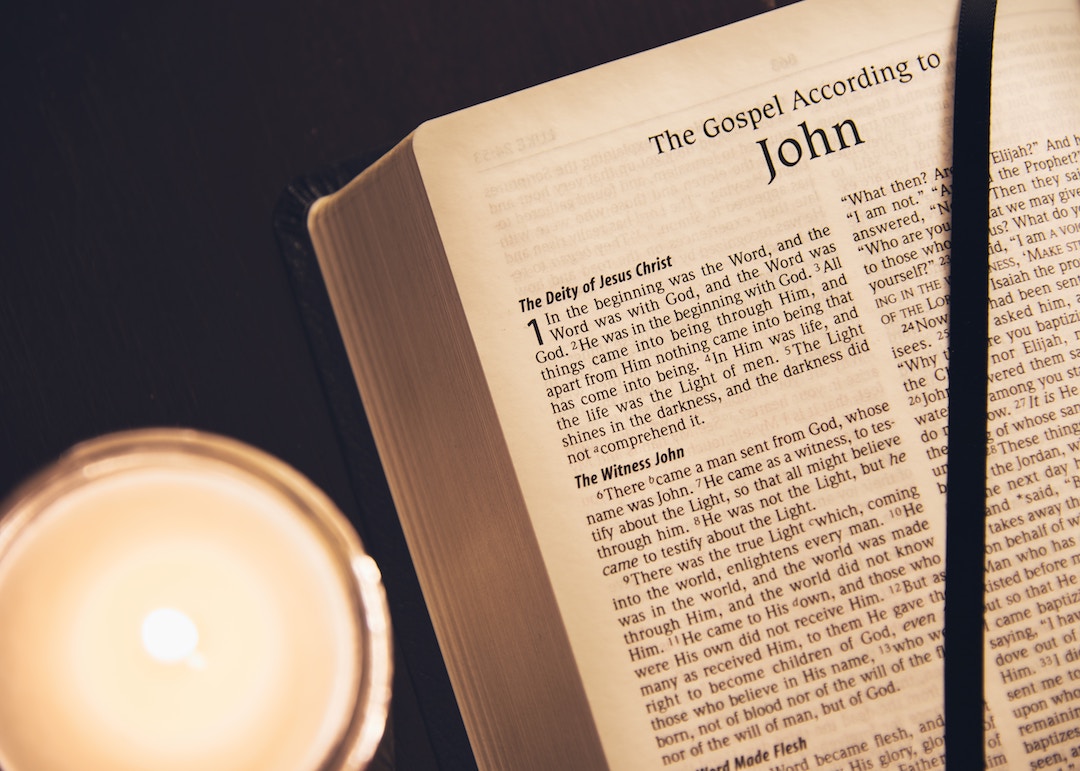The First Sign: Water into Wine (John 2:1-12)
Pastor: Ben Muresan Series: John Topic: John Scripture: John 2:1–12
First Scripture Reading: Deuteronomy 5:6-21; Matthew 22:34-40
Second Scripture Reading: Mark 7:1-23
Sermon Text: John 2:1-12
Near the end of his Gospel, John gives us the purpose of his writing under the inspiration of the Holy Spirit: “Now Jesus did many other signs in the presence of the disciples, which are not written in this book; but these are written so that you may believe that Jesus is the Christ, the Son of God, and that by believing you may have life in his name” (John 20:30-31). The signs John records are not just marvelous displays of power and authority, but they point to something greater than themselves. The sign Jesus performed at the Wedding at Cana revealed the inadequacy of the Mosaic Law and the fullness of Christ and his work. Though Christ is better and greater than the Mosaic Law, our temptation often is to return to the Law for assurance. We seek to add to the abundance and completeness of what Christ has already provided in order to contribute to our justification. Yet Scripture cautions us against this temptation and reminds us to receive and rest in Christ alone for our salvation, for “by works of the law no human being will be justified in his sight” (Romans 3:20).
- For review, scan John 1 and note some of Jesus’ names and titles. Why does he have so many? Choose 2-3 and try to explain their significance.
- How have you typically interpreted John 2:1-11 in your Bible reading? How does verse 11 help us understand the meaning of this passage in light of what John writes in 20:30-31?
- According to passages such as Ps. 104:15; Eccl. 10:19; Is. 25:6; and 55:1-2, what does wine symbolize in the Bible? Under what circumstances does Scripture condemn wine’s ability to alter our moods? Read and consider the cautions in Prov. 20:1; Isa. 5:11-12; 1 Cor. 6:12.
- Consider Jesus’ response to his mother in John 2:4. Jesus’ “hour” or “time” (2:4) is a recurring theme in the Gospel of John. Examine each reference and see if you can find a pattern (7:6-8, 30; 8:20; 12:23, 27; 13:1; 16:32; 17:1).
- According to John 2:6, what were the water jars used for? Discuss this statement from A.W. Pink: “Judaism still existed as a religious system, but it ministered no comfort to the heart. It had degenerated into a cold, mechanical routine, utterly destitute of joy in God. Israel had lost the joy of their espousals.” In what way is religion empty without Christ?
- What is the significance of the amount of wine that Jesus produced?
- According to John 2:10, what does the master of the feast’s comment reveal about this sign?
- In preparation for next week, read John 2:13-25. What practical applications can you draw from this account?
other sermons in this series
Feb 27
2022
Pastor Clayton Willis - Follow Me (John 21:19-25)
Pastor: Clayton Willis Scripture: John 21:19–25 Series: John
Feb 20
2022
Pastor Clayton Willis - Jesus Restores Peter (John 21:1-19)
Pastor: Clayton Willis Scripture: John 21:1–19 Series: John
Feb 6
2022
Pastor Clayton Willis - The Blessing of Belief (John 20:24-31)
Pastor: Clayton Willis Scripture: John 20:24–31 Series: John
